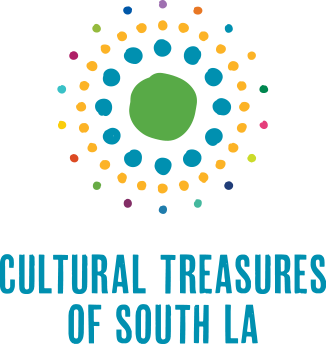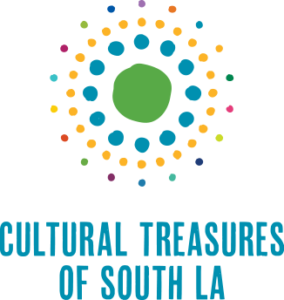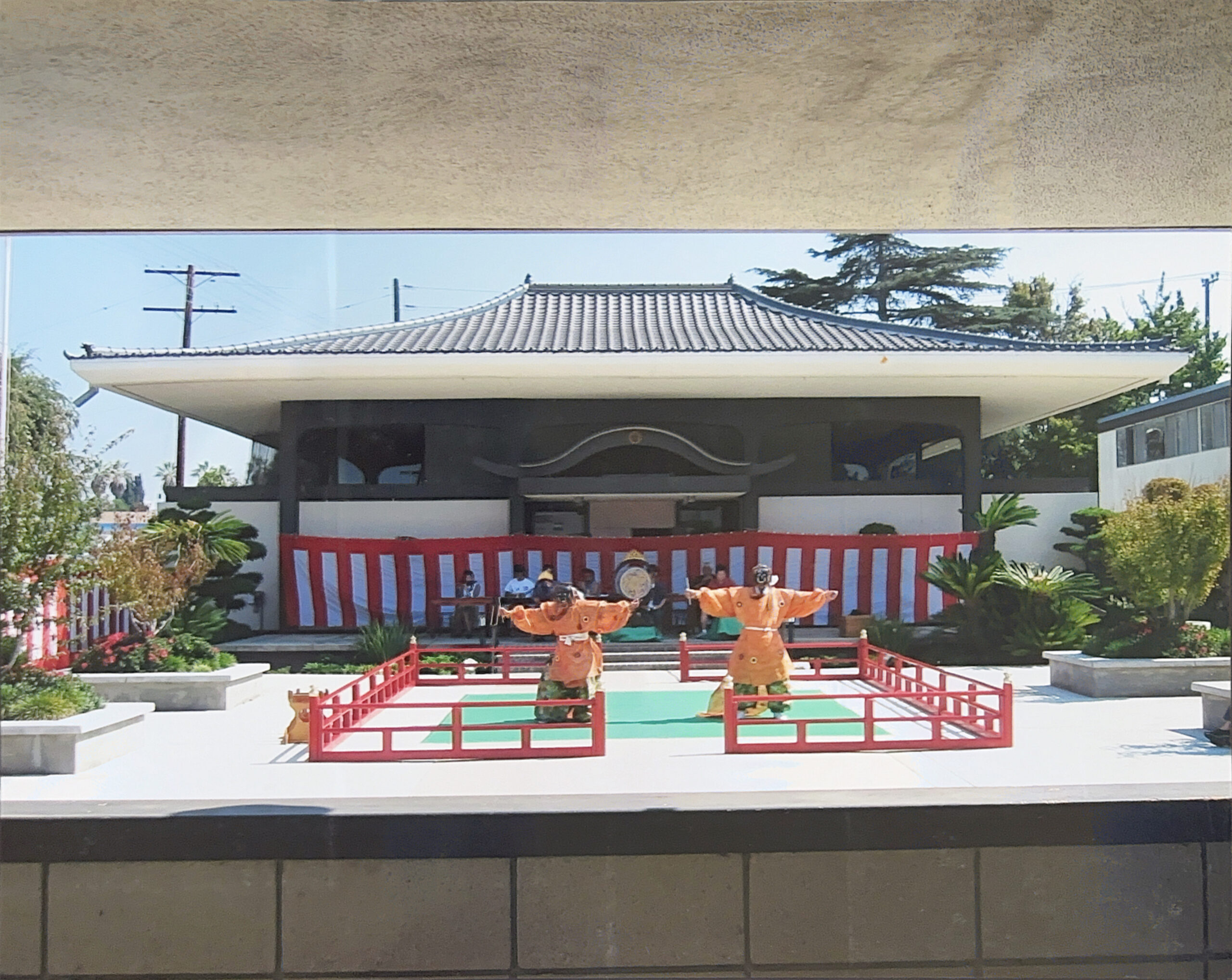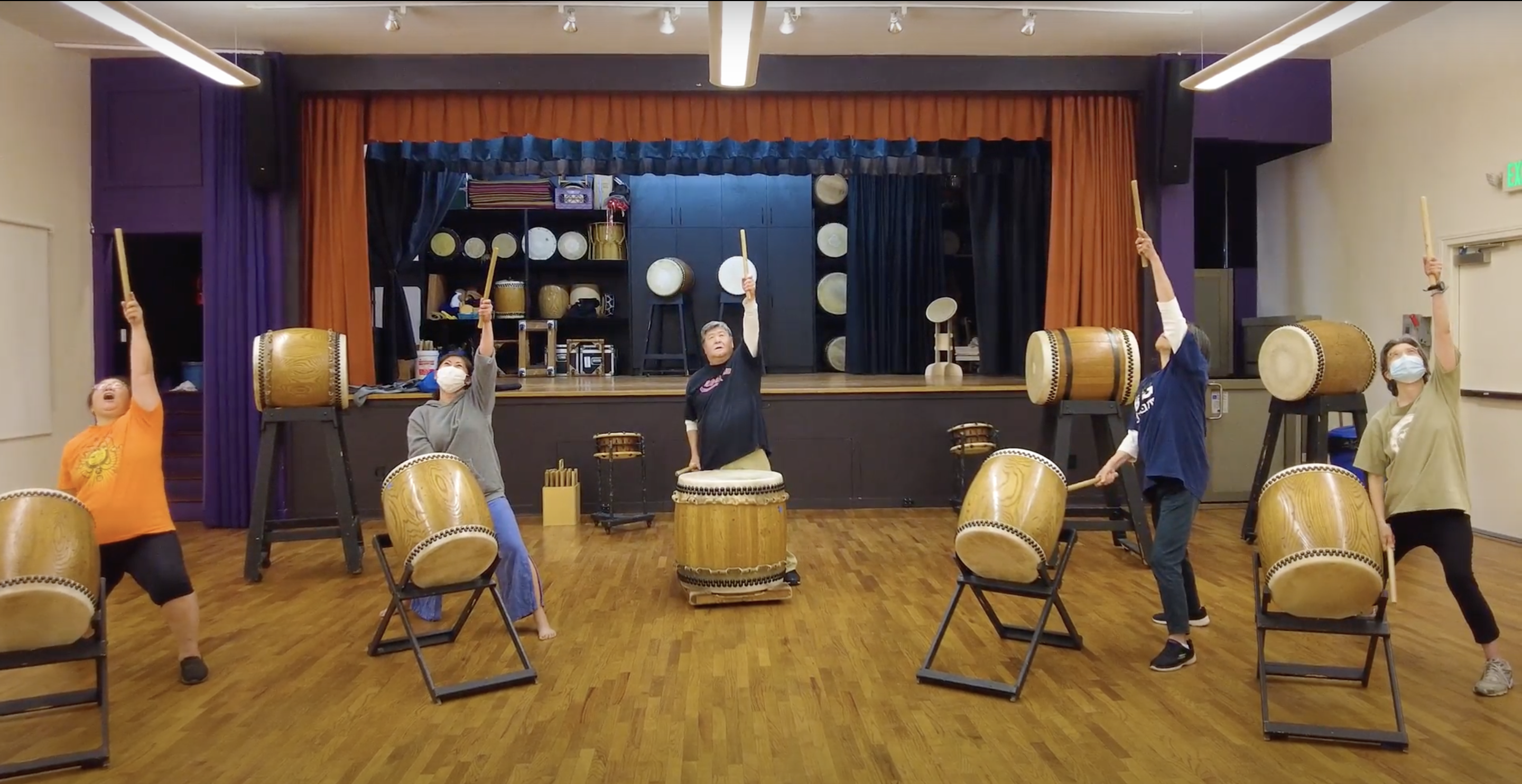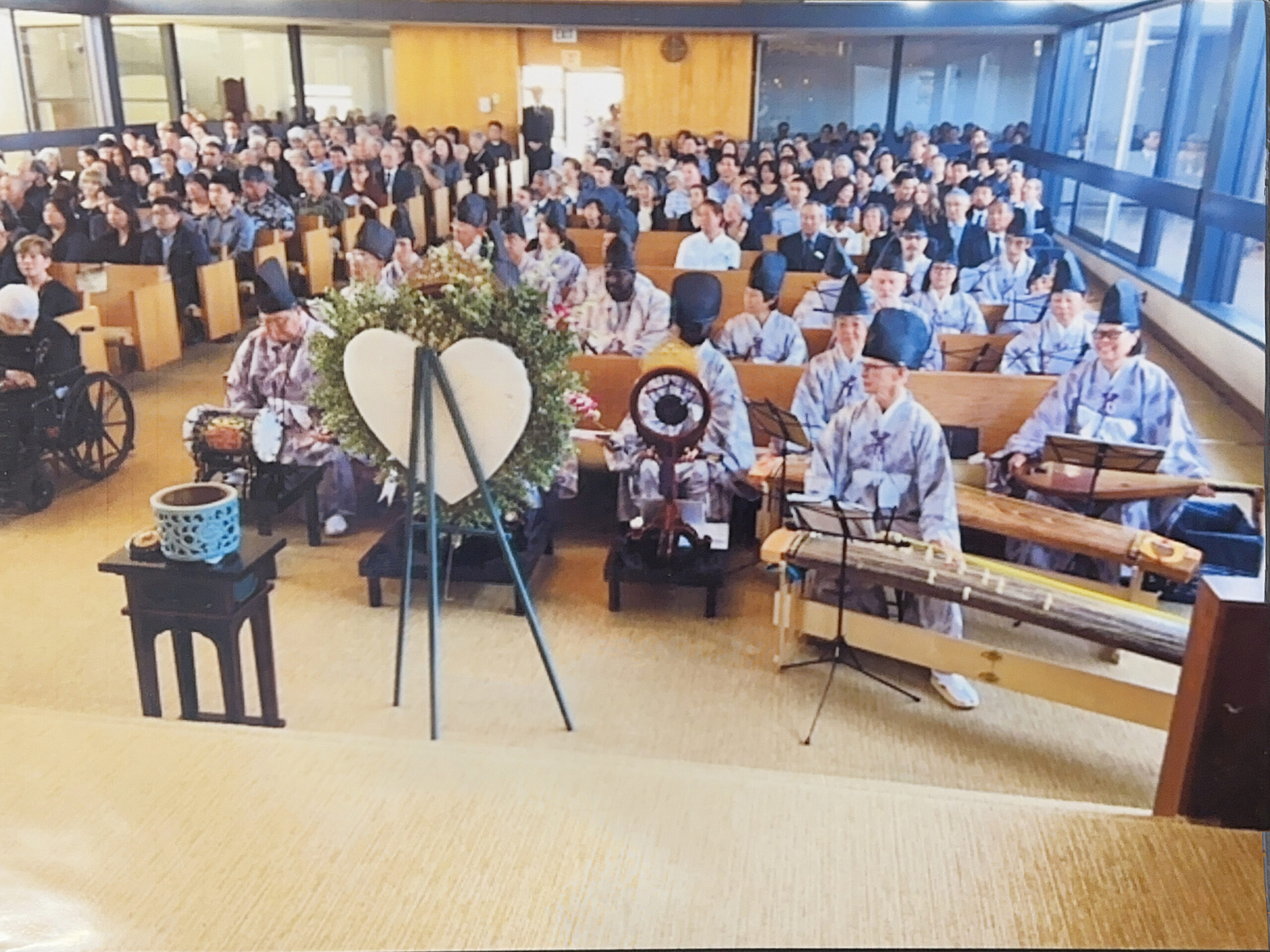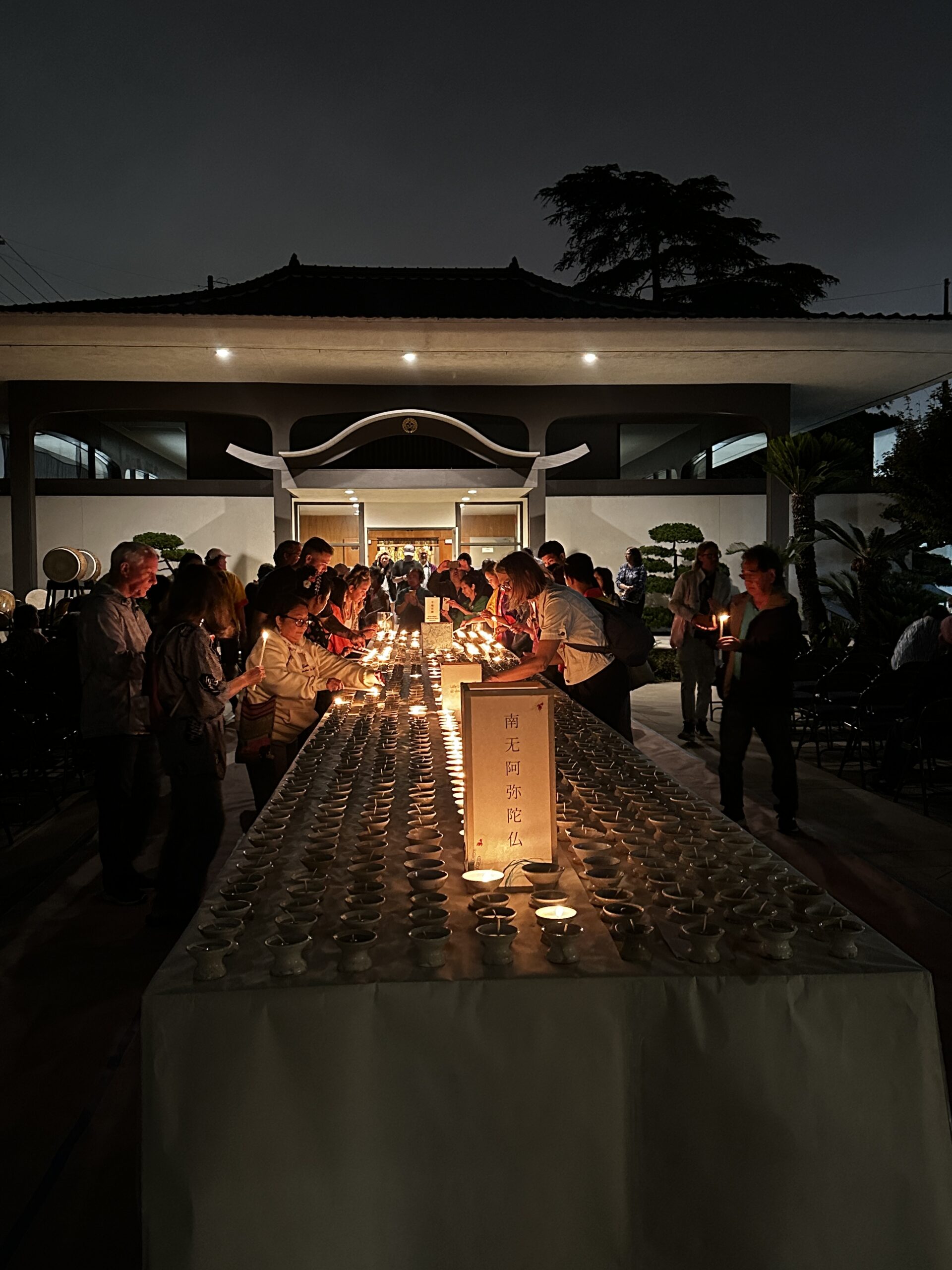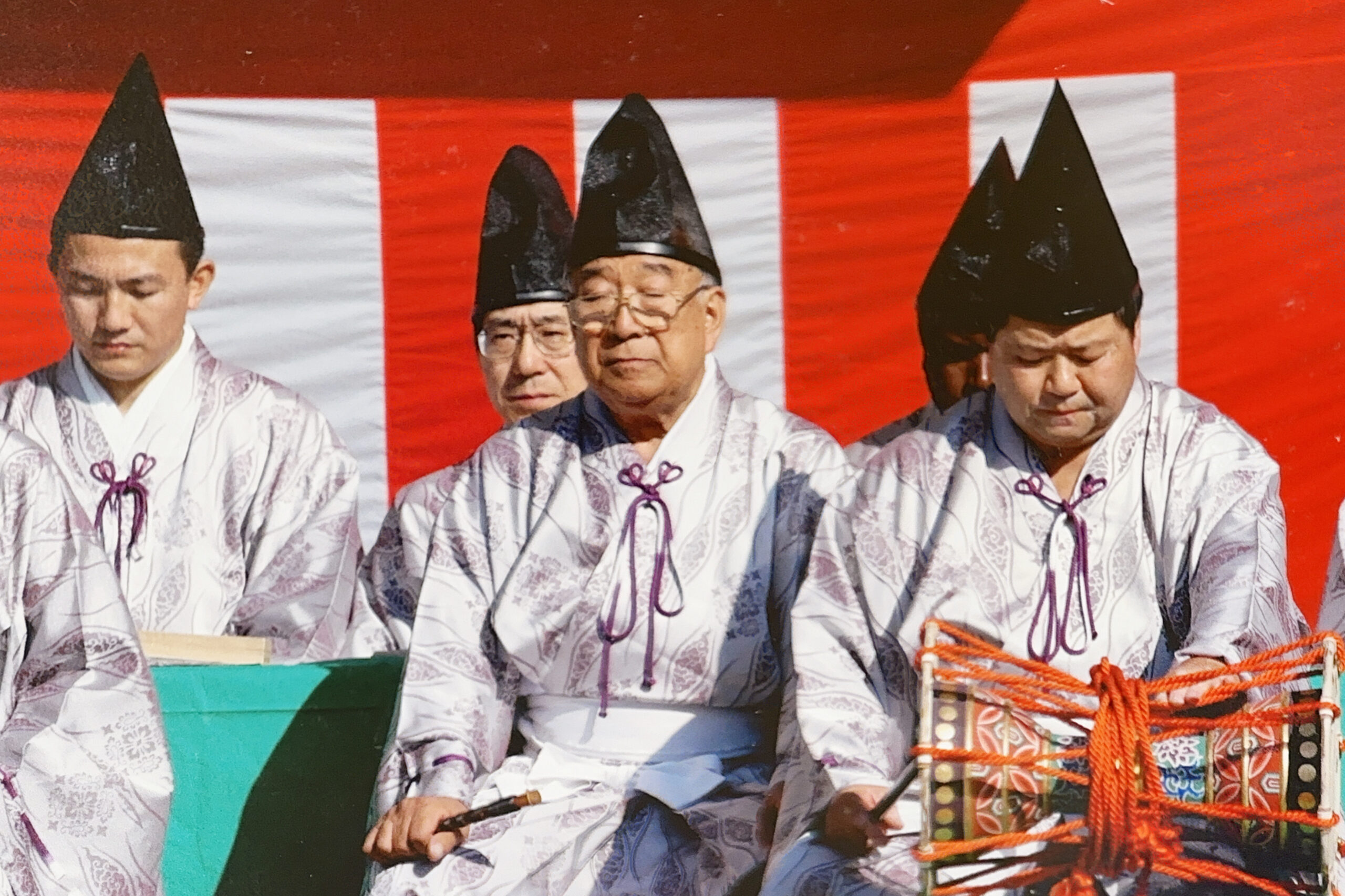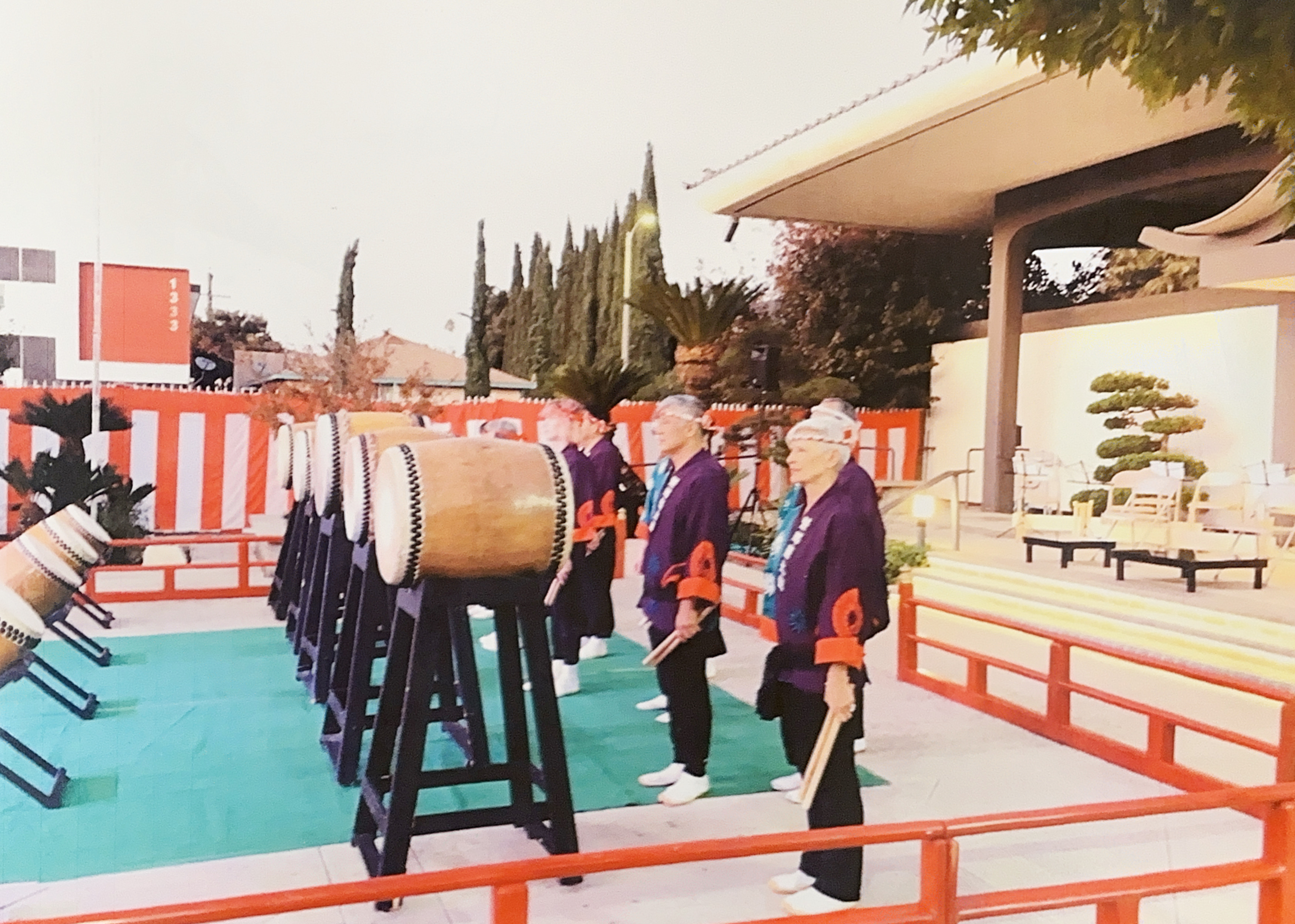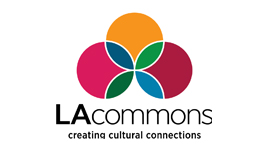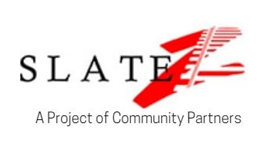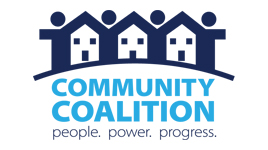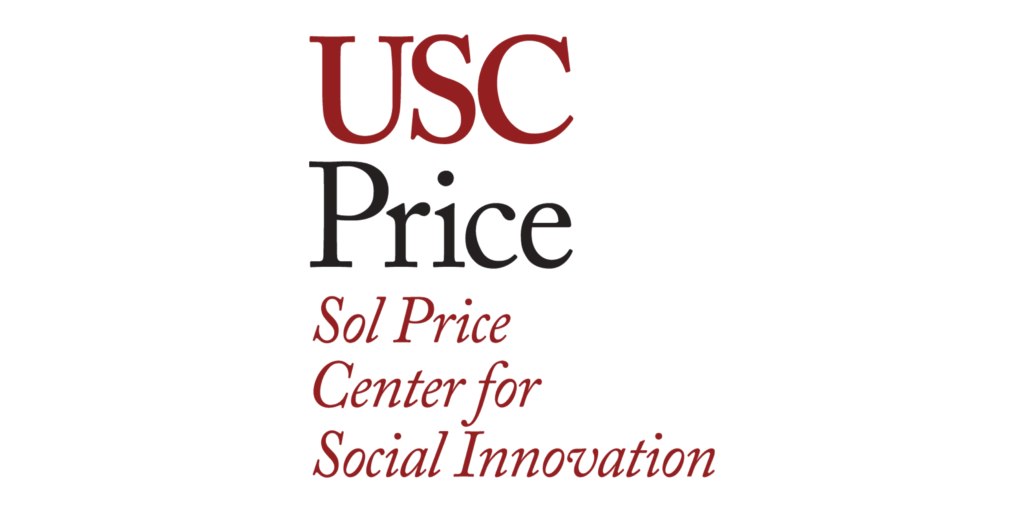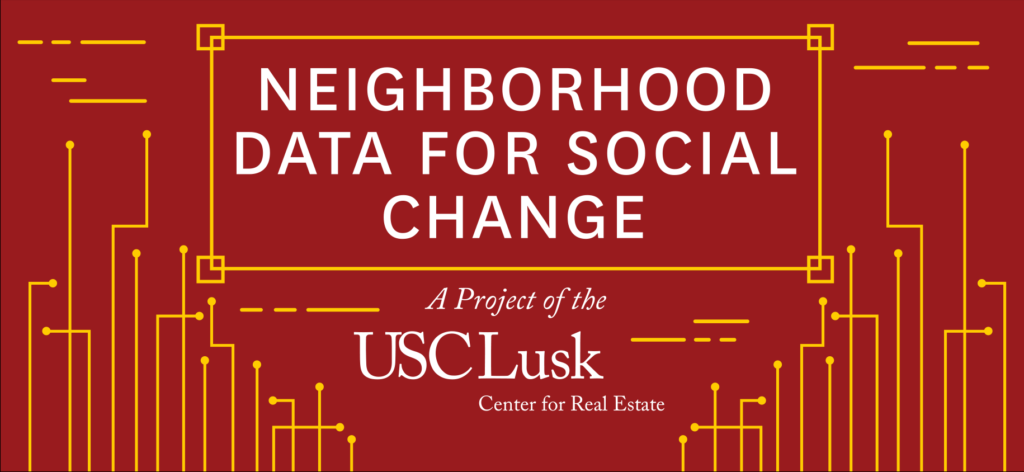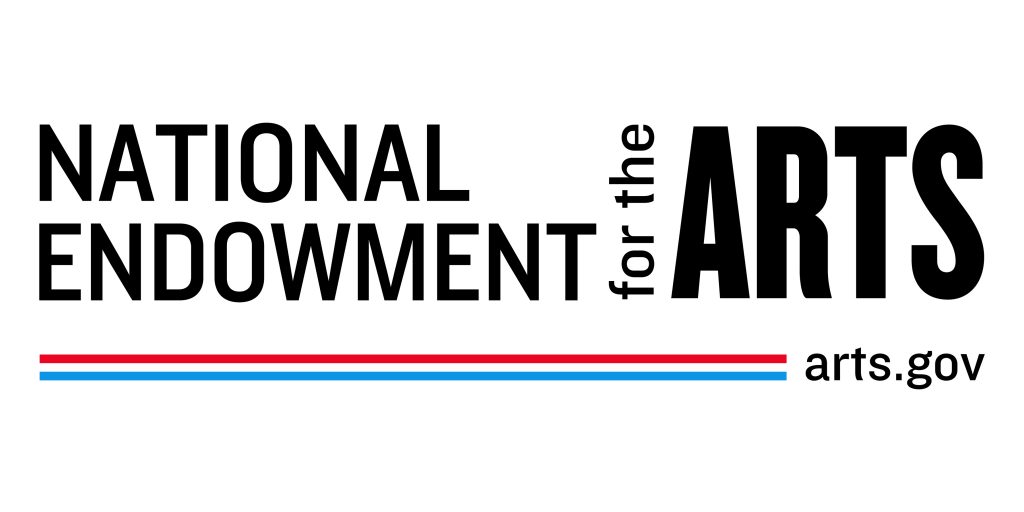Senshin Buddhist Temple
Senshin Buddhist Temple
An Oasis of Resilience & Unity in South LA
Founded in 1938 as a Japanese language school (Senshin Gakuin), it was not long before it was faced with community devastation as a result of the forcible internment of Japanese and Japanese Americans, which began in 1942 as America entered World War II following the bombing of Pearl Harbor. At the conclusion of the war, Senshin was converted into a temporary hostel for returning families, serving an instrumental role in rebuilding the community.
In 1951, in addition to spiritual and language services, the renamed Senshin Buddhist Church became a center for social activities where couples met and children made lifelong friends. Redlining and housing discrimination restricted Japanese people and members of other racial and ethnic groups to living in certain areas, so Southwest Los Angeles became highly integrated, with Black, Jewish and Japanese communities living together in harmony, with overlapping civic and cultural lives.
While the Japanese community began to disperse during the 1970s, Senshin remained a significant spiritual and social hub, incorporating traditions that were lost or hidden due to xenophobia. They hosted an annual Obon festival, a Buddhist tradition to honor the spirits of ancestors, and formed one of the earliest taiko groups in the US, integrating ancient chanting into their services. Shedding the name “church” and becoming Senshin Buddhist Temple was part of this shift. Despite the history of discrimination that the temple was forced to navigate in its 90 years of operation, it has persevered and today stands as a powerful reminder of the resilience of a unified community.
1311 W. 37th St
Exposition Park
- Religious
- Historic
- Landmark
- Preservation
- Heritage
Media and Links
